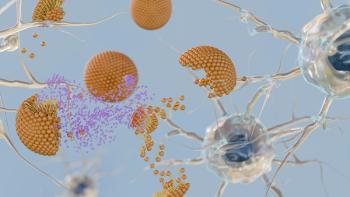
FDA Unveils Guidance for Biosimilar Development
After months of anticipation, FDA issued guidances last month that outlines its recommendations for developing and approving biosimilar therapies.
After months of anticipation, FDA issued guidances last month that outlines its recommendations for developing and approving biosimilar therapies. The announcement came the same day that FDA officials discussed new user fees for biosimilars and generic drugs at a Congressional hearing. Three separate draft guidances map out the scientific considerations, quality analytical factors and other regulatory issues for bringing to market new therapeutic proteins that are similar, “but not the same” as a reference product.
The documents describe a step-wise approval pathway, starting with extensive analytical, physico-chemical and biological characterization data that can demonstrate a high degree of similarity. FDA will evaluate that data and then provide advice to the sponsor on the extent and scope of animal and human testing needed to show biosimilarity. FDA will consider multiple factors in making study determinations, including product complexity, formulation, stability, structure-function relationships, manufacturing process, and clinical experience with the reference product.
Unlike European regulators, FDA decided not to issue guidances for developing biosimilars in different drug product classes. If a specific issue arises with a specific class, we may write guidance, explained Rachel Sherman, director of the Office of Medical Policy in FDA’s Center for Drug Evaluation and Research. But so far, she said at a press briefing, “this has not been seen at the most efficient route.”
To avoid redundant and unnecessary animal and clinical testing, FDA will permit sponsors to use a non-US licensed comparator in certain studies, with appropriate bridging data. Most applications, though, will require some additional clinical trials, and Sherman expects that all will need immunogenicity studies.
Once FDA determines that a product is biosimilar, the sponsor can opt to demonstrate interchangeability. That will require additional switching studies to show that changing to the new product does not affect safety and efficacy. Interchangeability is a separate determination, and it’s sequential, Sherman emphasized. “It would not look like the generic drug model at all.”
FDA expects to be inundated with comments of these proposals and plans a public meeting to hear from stakeholders. Meanwhile, staffers are holding dozens of pre-IND meetings with sponsors and encouraging all prospective biosimilar makers to seek early advice. Nine INDs for biosimilars have been filed so far, and the agency is anticipating a full 351(k) application soon.
Newsletter
Stay at the forefront of biopharmaceutical innovation—subscribe to BioPharm International for expert insights on drug development, manufacturing, compliance, and more.




